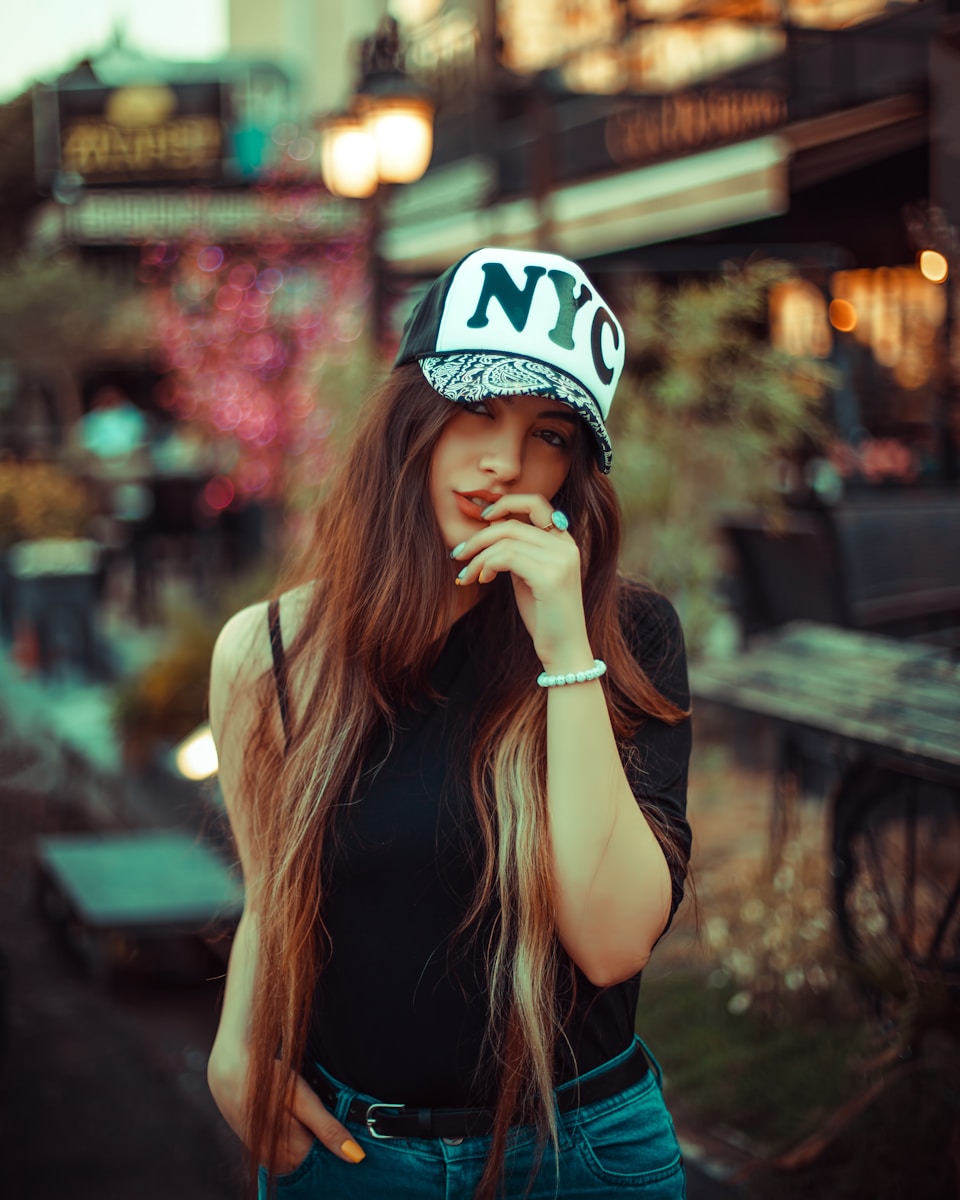Introduction: The Urban Aesthetic, Reimagined
In the bustling heart of the city, fashion is more than self-expression—it’s armor, attitude, and authenticity all rolled into one. Among the many facets of street style, layering has emerged as the ultimate form of wearable art. It’s not just about keeping warm or covering up—urban layering is about building a visual narrative, playing with proportions, textures, and unexpected pairings to create a look that feels both personal and effortlessly cool.
Today’s street style is a patchwork of influences: hip-hop, skate culture, avant-garde, vintage revival, and athleisure all coexist on sidewalks from Tokyo to Brooklyn. And at the center of this dynamic fashion melting pot lies one constant: the creative use of layers. This essay explores the cultural roots, practical techniques, and expressive power of urban layering—showing you how to build looks that don’t just turn heads, but tell stories.
The Culture of Street Layering: Born from Necessity, Elevated by Creativity
Layering in urban fashion isn’t new. It was born from necessity—early streetwear icons often repurposed workwear and military gear, blending pieces to adapt to both style needs and environmental demands. A hoodie under a bomber jacket. Flannel over a graphic tee. A beanie worn year-round. These combinations weren’t curated in luxury boutiques—they emerged organically from youth culture, community, and rebellion.
Over time, what began on the streets seeped into the mainstream, reinterpreted by designers and influencers alike. But the soul of urban layering remains rooted in authenticity. It’s still about mixing practicality with individuality, and finding freedom within the constraints of what you already own.
Today, layering is a means to showcase depth—literally and figuratively. It’s about crafting complexity from simple pieces, using clothing not just as protection from the elements, but as a medium of self-assertion.
Foundation First: Building the Base of Every Great Layered Look
To layer like a pro, you need to master the basics—and that means starting with the foundation. Your base layer sets the tone, both in fit and fabric. In most urban looks, this begins with a lightweight piece: a slim-fitting tee, a longline shirt, or a breathable turtleneck.
These initial layers act as a blank canvas. Keep the fit close to the body to avoid bulk as you build up. Neutrals often work best here—black, white, gray, or beige allow the upper layers to shine without creating visual chaos.
A common street style trick is to choose a base layer with a slightly longer hemline. This allows for stylish peeking beneath cropped jackets or shorter outerwear, adding dimension without effort.
Mid-Layers: The Play Zone of Urban Fashion
This is where the magic happens. The middle layer is your creative playground—it’s the bridge between form and function. Think hoodies, denim jackets, zip-up fleeces, or oversized flannels. These are the items that add texture, color, and volume.
In true urban fashion, contrasts are key. Pair soft with structured—like a fleece under a leather jacket—or muted with bold—like a vibrant plaid shirt over a monochrome tee. The trick is to allow each layer to retain its identity while still contributing to a cohesive look.
Don’t be afraid to experiment here. Thrifted items, vintage sportswear, or DIY-altered garments thrive in this zone. They bring personality and often spark curiosity—exactly what good street style is meant to do.
Top Layers: Structure, Strength, and Statement
Your outermost layer is the exclamation point. It’s the first thing people see and the last piece you put on. In urban layering, outerwear is more than protection from the weather—it’s a mood-setter.
Puffer jackets, trench coats, varsity jackets, oversized blazers, and utility vests all take turns in the spotlight. Choose pieces with strong silhouettes and purposeful structure. Whether it’s the exaggerated shoulders of a boxy coat or the draped lines of a kimono-style cardigan, your top layer anchors the entire ensemble.
The most stylish streetwear aficionados know how to use outerwear to shift the vibe—military jackets add toughness, dusters create drama, and cropped jackets bring a casual, playful energy. Consider the season, but don’t shy away from making a statement.
Texture & Fabric: The Secret Language of Layering
Mastering layering isn’t just about adding pieces—it’s about mixing materials. Texture introduces depth, and urban layering thrives on that tactile complexity.
Pair denim with cotton, leather with fleece, mesh with wool. Juxtaposing soft and hard, sleek and rough, matte and glossy gives the look more than visual interest—it brings it to life. A ribbed turtleneck under a satin bomber, or a quilted vest over a slub knit hoodie, feels spontaneous and artful.
In colder months, this contrast becomes even more critical. Piling on thick materials of similar weight can quickly look bulky. Instead, layer lighter textures underneath and reserve your heavier fabrics for outerwear. This creates a natural tapering effect and keeps your silhouette balanced.
Color & Proportion: Balancing Visual Weight
Color is one of the most underestimated elements of good layering. The street style pros know when to let color lead and when to let it support. Start with a neutral palette if you’re unsure—then introduce color in one or two layers.
If you’re feeling bolder, consider tonal dressing (variations of the same color) or complementary contrasts like forest green with mustard, or navy with rust. Accessories like caps, socks, or crossbody bags are great for adding punches of color without overpowering the ensemble.
Equally important is proportion. Play with lengths: a long shirt under a cropped hoodie, or high-waisted trousers with a short puffer. Mixing fitted and oversized pieces—like a slim jogger with a voluminous topcoat—adds dimension and flow.
Balance is everything. Think of your outfit as a visual stack: each layer should contribute without crowding. When done right, the result looks effortless—even if it took thought.
Functional Flair: Accessories That Enhance, Not Distract
In street style, accessories aren’t afterthoughts—they’re essential. Beanies, bucket hats, layered necklaces, utility belts, backpacks, or sunglasses add polish and personality.
But with layering, less is often more. Avoid piling on too many loud pieces. Choose accessories that enhance your story, not clutter it. A single chain, a neon beanie, or a patterned scarf can do the job better than an overload of rings and bracelets.
Bags deserve a special mention. Crossbody bags and slings have become streetwear staples—not just for utility, but for how they interact with layers. A well-placed bag can cinch the waist, highlight a jacket detail, or simply pull the look together.
Seasonality and Layering Adaptation
One of the joys of mastering urban layering is how well it adapts across seasons.
In spring and fall, layering is all about flexibility. Lightweight jackets, open shirts, and breathable fabrics allow for quick temperature shifts. Summer demands a minimal approach—consider visual layering with sheer fabrics, mesh, or double tees with different cuts.
Winter, however, is where true layering skills shine. It’s about maximizing warmth without sacrificing shape. This is where heat-tech base layers, wool mid-pieces, and insulated outerwear come into play. But even in the cold, the fashion-forward never forget the aesthetics—every piece still has its place, and no layer is thrown on just for the sake of warmth.


